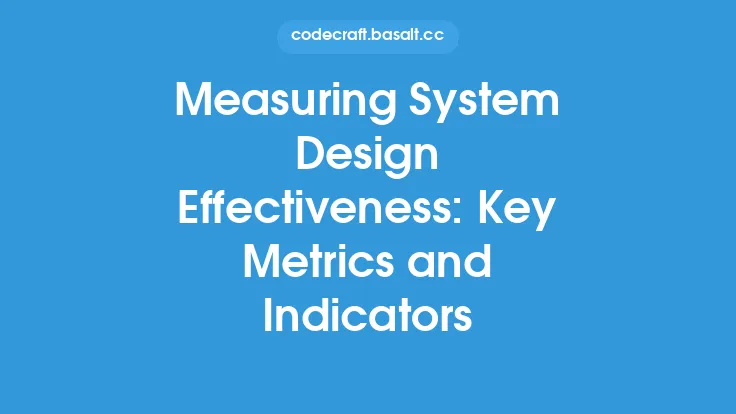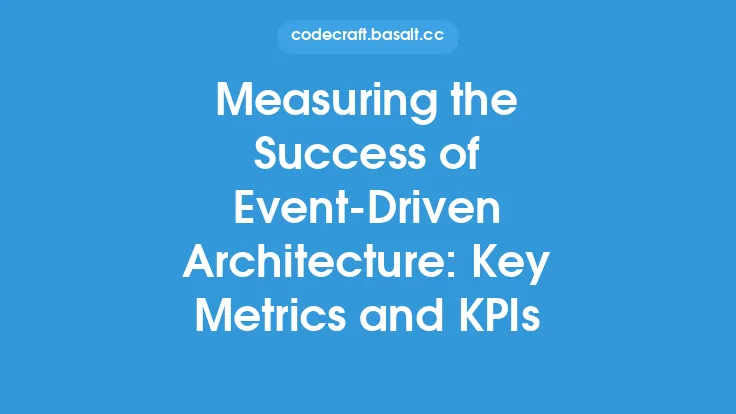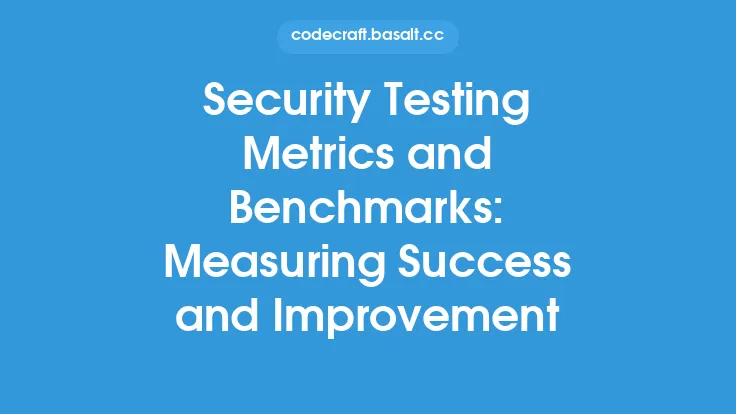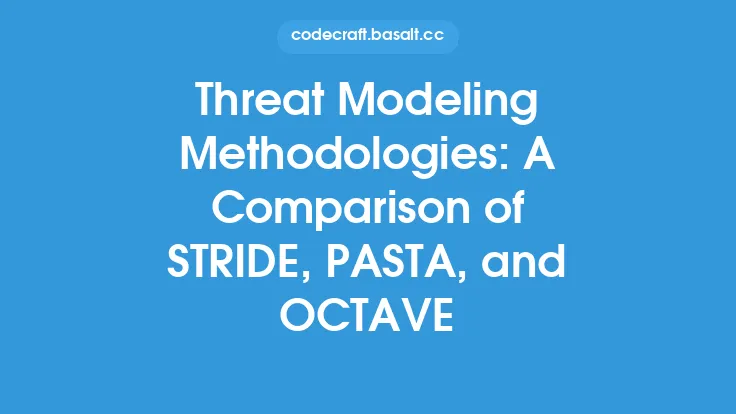Measuring the effectiveness of threat modeling is a crucial aspect of cybersecurity, as it enables organizations to evaluate the efficacy of their threat modeling efforts and make data-driven decisions to improve their security posture. Threat modeling is a systematic approach to identifying, analyzing, and mitigating potential security threats to an organization's assets, and its effectiveness can be measured using various metrics and evaluation criteria.
Introduction to Threat Modeling Metrics
Threat modeling metrics are quantifiable measures that help organizations assess the effectiveness of their threat modeling efforts. These metrics can be categorized into several types, including input metrics, process metrics, output metrics, and outcome metrics. Input metrics measure the resources and inputs used in the threat modeling process, such as the number of personnel involved, the time spent on threat modeling, and the budget allocated. Process metrics evaluate the threat modeling process itself, including the methodology used, the tools and techniques employed, and the level of stakeholder engagement. Output metrics measure the tangible outputs of the threat modeling process, such as the number of identified threats, the severity of the threats, and the recommended mitigations. Outcome metrics, on the other hand, measure the impact of threat modeling on the organization's security posture, including the reduction in risk, the improvement in security controls, and the return on investment (ROI).
Evaluation Criteria for Threat Modeling
Evaluation criteria for threat modeling provide a framework for assessing the effectiveness of threat modeling efforts. These criteria can include the completeness and accuracy of the threat model, the effectiveness of the mitigations recommended, the level of stakeholder engagement and buy-in, and the integration of threat modeling into the organization's overall security strategy. Other evaluation criteria may include the use of industry-recognized threat modeling methodologies, the incorporation of threat intelligence and vulnerability data, and the continuous monitoring and updating of the threat model. By using these evaluation criteria, organizations can assess the strengths and weaknesses of their threat modeling efforts and identify areas for improvement.
Quantitative Metrics for Threat Modeling
Quantitative metrics for threat modeling provide a numerical measure of the effectiveness of threat modeling efforts. These metrics can include the number of identified threats, the severity of the threats, the number of recommended mitigations, and the cost of implementing the mitigations. Other quantitative metrics may include the return on investment (ROI) of threat modeling, the reduction in risk, and the improvement in security controls. For example, an organization may use the following quantitative metrics to evaluate the effectiveness of its threat modeling efforts:
- Number of identified threats: 50
- Severity of threats: High (30%), Medium (40%), Low (30%)
- Number of recommended mitigations: 20
- Cost of implementing mitigations: $100,000
- ROI of threat modeling: 300%
- Reduction in risk: 20%
- Improvement in security controls: 15%
Qualitative Metrics for Threat Modeling
Qualitative metrics for threat modeling provide a non-numerical measure of the effectiveness of threat modeling efforts. These metrics can include the level of stakeholder engagement and buy-in, the effectiveness of the threat modeling process, and the integration of threat modeling into the organization's overall security strategy. Other qualitative metrics may include the use of industry-recognized threat modeling methodologies, the incorporation of threat intelligence and vulnerability data, and the continuous monitoring and updating of the threat model. For example, an organization may use the following qualitative metrics to evaluate the effectiveness of its threat modeling efforts:
- Level of stakeholder engagement and buy-in: High
- Effectiveness of the threat modeling process: Good
- Integration of threat modeling into the organization's overall security strategy: Excellent
- Use of industry-recognized threat modeling methodologies: Yes
- Incorporation of threat intelligence and vulnerability data: Yes
- Continuous monitoring and updating of the threat model: Yes
Best Practices for Measuring Threat Modeling Effectiveness
Best practices for measuring threat modeling effectiveness include establishing clear goals and objectives, using a combination of quantitative and qualitative metrics, and continuously monitoring and updating the threat model. Other best practices may include using industry-recognized threat modeling methodologies, incorporating threat intelligence and vulnerability data, and engaging stakeholders throughout the threat modeling process. By following these best practices, organizations can ensure that their threat modeling efforts are effective and aligned with their overall security strategy.
Challenges and Limitations of Measuring Threat Modeling Effectiveness
Measuring the effectiveness of threat modeling can be challenging due to the complexity and subjectivity of the process. One of the main challenges is establishing a baseline for measurement, as threat modeling is a continuous process that involves ongoing monitoring and updating. Another challenge is quantifying the impact of threat modeling on the organization's security posture, as the benefits of threat modeling may not be immediately apparent. Additionally, the use of qualitative metrics can be subjective and may vary depending on the stakeholders involved. To overcome these challenges, organizations can use a combination of quantitative and qualitative metrics, establish clear goals and objectives, and continuously monitor and update the threat model.
Conclusion
Measuring the effectiveness of threat modeling is a critical aspect of cybersecurity, as it enables organizations to evaluate the efficacy of their threat modeling efforts and make data-driven decisions to improve their security posture. By using a combination of quantitative and qualitative metrics, establishing clear goals and objectives, and continuously monitoring and updating the threat model, organizations can ensure that their threat modeling efforts are effective and aligned with their overall security strategy. Additionally, by following best practices and overcoming the challenges and limitations of measuring threat modeling effectiveness, organizations can maximize the benefits of threat modeling and improve their overall cybersecurity posture.





